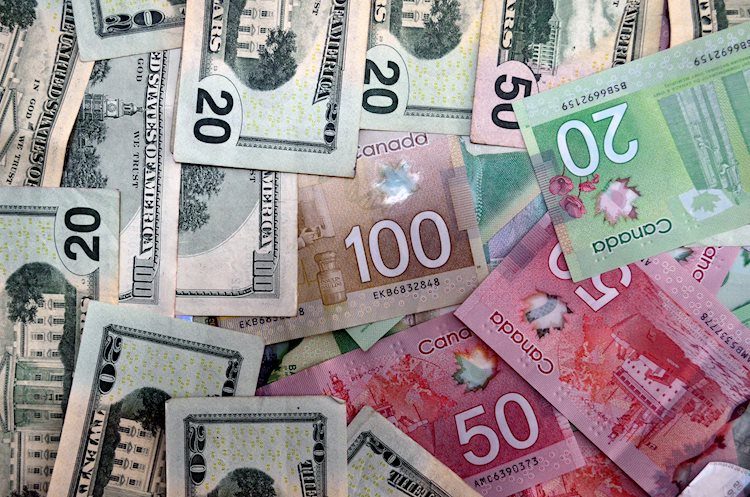The USD/CAD pair declined after hitting an eight-month high on Monday, trading around 1.3850 on Tuesday. This drop is due to a dovish sentiment surrounding the US Federal Reserve’s policy outlook in 2024. Expectations of three rate cuts by the Fed this year, triggered by cooling inflation and easing labor market conditions, have fueled this sentiment.
Traders anticipate a Fed rate cut in September, with a 100% probability of at least a quarter percentage point cut. Despite the US Dollar extending its gains due to a risk aversion mood, the decline in US Treasury yields could put pressure on the USD/CAD pair. Lower crude Oil prices also play a role, as they limit the downside of the commodity-linked Canadian Dollar. Canada being the biggest crude exporter to the US, the decline in WTI crude Oil price to $75.40 per barrel may impact the CAD.
Key factors impacting the Canadian Dollar include interest rates set by the Bank of Canada (BoC), Oil prices, the health of the economy, inflation, and the Trade Balance. The BoC influences the CAD by setting interest rates that banks can lend to one another, with relatively higher interest rates being positive for the CAD. The price of Oil is crucial since it is Canada’s largest export, with higher Oil prices generally resulting in a stronger CAD.
Inflation, which was traditionally seen as negative for a currency, can now lead central banks to raise interest rates, attracting capital inflows and increasing demand for the local currency, such as the Canadian Dollar. Macroeconomic data releases like GDP, Manufacturing and Services PMIs, employment, and consumer sentiment surveys can also impact the CAD. A strong economy is beneficial for the Canadian Dollar, attracting foreign investment and potentially leading to interest rate hikes that strengthen the currency.
Market sentiment, including investors’ preference for risky assets or safe havens, also influences the CAD. A positive sentiment (risk-on) tends to be CAD-positive, while the health of the US economy is a crucial factor as Canada’s largest trading partner. The Bank of Canada can use quantitative easing and tightening to influence credit conditions, with quantitative easing being negative for the CAD and tightening being positive.
While the USD/CAD pair may face some downsides due to the dovish Federal Reserve policy outlook, factors such as risk aversion, Oil prices, interest rates, and macroeconomic data releases will continue to impact the direction of the Canadian Dollar. Traders will closely monitor upcoming Fed decisions, US economic health, and Oil price movements to gauge the future movement of the USD/CAD pair.











